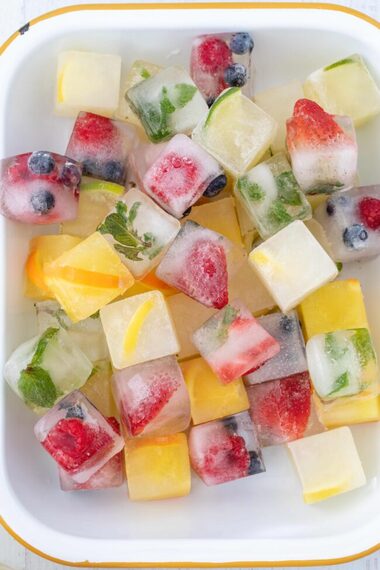
Snow and ice flavored with honey, fruits, and juices have been consumed since the second century BC. Ancient writings tell us that Alexander the Great, King Solomon, and Nero Claudius Caesar indulged in those treats. Flavored ice and snow were the early origins of ice cream.
It was the discovery of the endothermic effect that allowed cream to be frozen. Prior to that point, cream could only be chilled. Historians estimate that a recipe for ice cream evolved sometime in the 16th century AD. An endothermic reaction is achemical reaction that requires energy. Simply put, heat energy is absorbed. Two examples of endothermic reactions in nature arephotosynthesis and water evaporation. During photosynthesis, plants absorb light and heat energy from the sun. With that, the plant takes carbon dioxide and water and changes them into glucose, releasing oxygen back into the atmosphere. During evaporation, heat goes into liquid water and the water changes into a gas. On a hot day, sweat from your skin heats up and evaporates, which has a cooling effect. Have your students make ice cream in a bag so that they experience an endothermic reaction! Materials: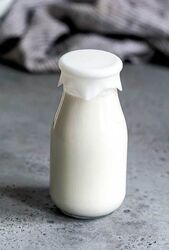
1 cup half and half
1.5 tsp vanilla extract 1 tbsp sugar ice 1/4 cup table salt Gallon size (large) zip top bag(s) Quart size (sandwich) zip top bag(s) Gloves or oven mitts CHECK OUT MY TIKTOK VIDEO DEMONSTRATION BELOW, AND THEN READ ON FOR MORE DETAILS!
Procedure for Making Ice Cream in a Bag: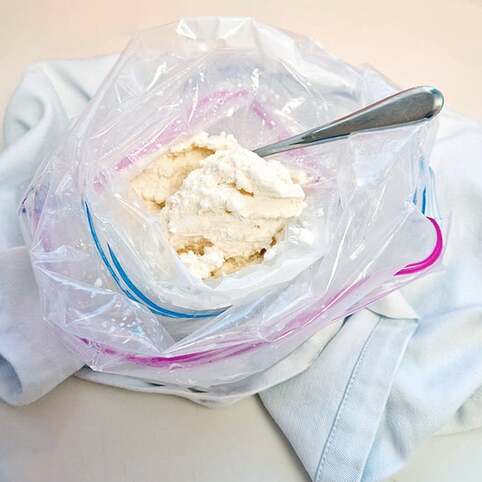
Modified Procedure for Making Ice Cream in a Bag:
Once students have experienced the endothermic reaction during the making of ice cream, have them try the recipe again, this time leaving out a key ingredient.
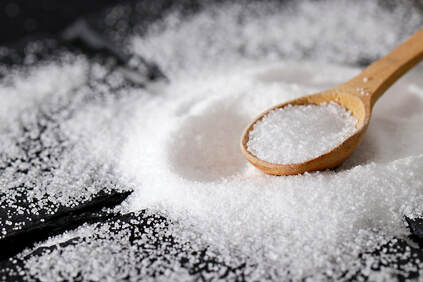
Scientific Explanation for the Addition of Salt
The ice cubes in the gallon bag with salt will melt more, and feel much colder, than the ice cubes in the gallon bag without salt. The gallon bag with salt will be several degrees below freezing-- cold enough to harden the ingredients in the quart bag and turn them into ice cream. In contrast, the gallon bag without salt will not be cold enough and the ingredients in the quart bag will remain fluid.
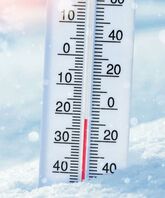
As the ice starts to melt In the gallon bag with ice and salt, the water molecules mix with the salt molecules, making it harder for the water molecules to make an orderly pattern and crystalize. This causes a slower rate of ice re-freezing. This is called freezing point depression. The salt makes the temperature at which water freezes lower than it is for plain water.
If the quart bag with the still-liquid ingredients is placed in a gallon bag with ice and salt and shaken for 10 minutes it will, at that point, turn into ice cream. Scientific Explanation of the Endothermic Reaction Necessary to Make Ice Cream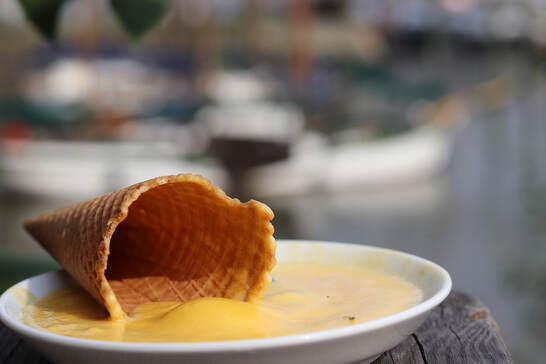
Without an endothermic reaction, ice cream would just be soup.
Making ice cream takes energy. As ice cream is made, energy is exerted. Ice cream in a bag freezes because of the heat (energy) from the hands shaking the plastic bag, along with the shaking action (energy), causing the ice to melt. The relative warmth of the ice cream ingredients transfers to the ice, causing further melting, while the cold from the ice transfers to the ice cream ingredients, causing them to freeze. The salt lowers the temperature of the ice so the ice cream ingredients freeze. The heat transfer continues so that the temperature of the ice and salt in the outer plastic bag are the same temperature as the ice cream mixture in the smaller plastic bag. This is not only an endothermic reaction, but also an example of dynamic equilibrium. Salt Causes Freezing Point Depression in Water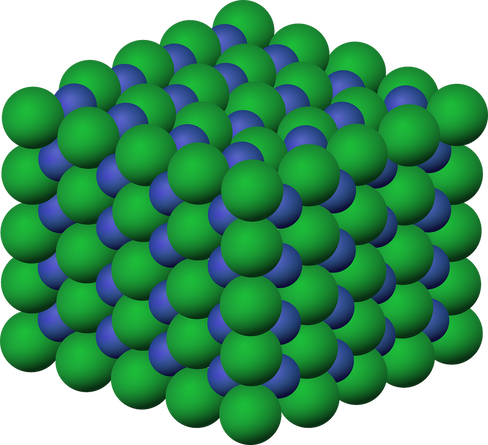
Salt molecules block water molecules from packing together when temperature is lowered. It then prevents them from becoming ice. More water molecules leave the solid phase than the ones entering the solid phase.
Freezing-point depression is a drop in the temperature at which a substance freezes, caused when a smaller amount of another, non-volatile substance is added. Examples include adding salt into water (used in ice cream makers and for de-icing roads), alcohol in water, and ethylene or propylene glycol in water (used in antifreeze in cars). Freezing-point depression is what causes sea water, (a mixture of salt and other compounds in water), to remain liquid at temperatures below 0 °C (32 °F), the freezing point of pure water Experiment with Ice Cream Quality
Ice cream is an emulsion. Emulsions are combinations of two liquids that normally do not mix well like fats and water. When ice cream is shaken, the fat molecules in the cream are mixed with water, ice crystals, sugar, and small pockets of air to form a delicious cold treat. The more it is shaken, the smaller the ice crystals get and the more air is added. More shaking equals creamier ice cream!
Ice cream does not have to be made with half and half. Instead, heavy whipping cream or milk could be added. How would changing the amount of fat in these different dairy product effect the quality of the ice cream?
There are different types of salts. Table salt was used for this activity. How would ice cream turn out if kosher salt, sea salt, or rock salt were used? What about the amount of salt? How would the quality of the ice cream change if more or less than ¼ cup were used
0 Comments
|
AuthorGertrude Katz has spent over 30 years teaching K-12 public school students all major subjects. She has taught biology and education at the college level. The majority of her career has been spent instructing biology at the secondary level. Categories
All
|

 RSS Feed
RSS Feed